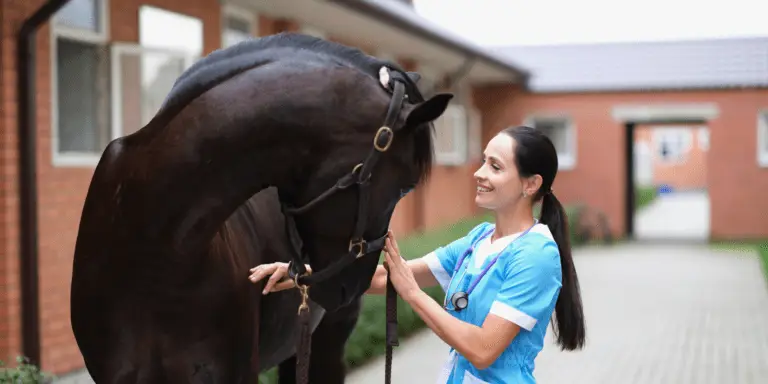
Organs of the Horse – Take a Look Inside
Just as it is with humans, the horse’s skin is the largest organ of the body. However, this blog post is dedicated to the organs that we cannot see from the outside. Let’s take a look inside the horse and
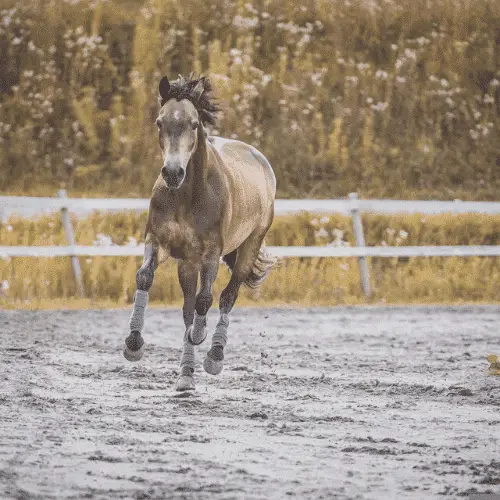
Constant Free Movement in Herds Can Help Against Obesity
We always talk about how feed can affect a horse’s weight but feed is not the only thing that can and should be considered when helping a horse lose weight sustainably.
In addition to daily exercise as a riding or driving horse, we should take a closer look at the way the horse is kept. After all, horses spend by far the largest part of the day standing in either the box, on the paddock, on the pasture or in an open stable. This is where the issues already arise, horses mainly just stand instead of moving around. A lot of free movement, if possible in a herd, is important for keeping a horse healthy physically and mentally and also leads to a slightly increased energy requirement.
Free or independent movement does not include human influence, i.e. no riding, driving, lunging or chasing around. Active Stables do not only benefit overweight horses. Every horse can benefit from being able to act and move in a more natural manner instead of just being ridden, which always leaves the control with the rider. Horses that are allowed to act like horses outside of training sessions, tend to be more balanced, less stressed and even portray a better performance.
– Natural lubrication of the joints
– Stronger blood supply to the muscles
– Strengthening of tendons and ligaments
– Healthier intestinal functions & colic prevention
– Decreases stress and chance of behavioral issues
– Has a positive effect on the general health
Since sand paddocks themselves usually offer little stimulation in forms of independent, frequent movement, various forms of turnout have developed over time. The aim is to give the horse a reason to move around and try to make the horse’s life as natural as possible. Some of those modern stables are called “active stable” or paddock trail concepts (Paddock Paradise). The idea is to separate all functional areas and place them as far apart as possible to maximize the distances the horse has to walk every day.
By functional areas, we mean the places where, for example, feeding, lying, excretion, exercise and social behavior takes place. In a box, all of that takes place in a few square meters and the horse does not need to or cannot move far. In active stables, for example, feeding places are located far from the watering place, as well as from the shelter or resting place. These paths are designed to provide lengthy walks with obstacles and different footing, often logs are used to block the path and must either be jumped / walked over or evaded, grass is grown at different spots to encourage movement as well.
Now the walking space also makes an important difference. Horses will not move as much in a 20 by 20 yard open stall as they would on an 800 yard paddock trail. Still, an attempt should be made to use different areas for different purposes.
Paddock trails mostly consist of a circular path with several feeding stations, shelters, a drinking trough, different surfaces and an area for rolling covered with loose sand. In addition, a wide variety of “space dividers” such as logs on the ground, hedges, water ways, groups of trees and mineral lick stones can be incorporated.
Active stable are similar in that regard, only without the circular path. Here, the paths are just spread out over a large area of land. Most active stables also have automatic feeding systems that provide an individual amount of roughage, concentrate and mineral feed in many small portions for each horse. The horse can only access the feeder with a chip implanted under the skin or a collar with a sensor.
There are, of course, various hybrids of these stables.
The goal is always to provide as much exercise as possible in addition to feeding appropriately. The prerequisite, however, is that all members of the herd are stress-free.
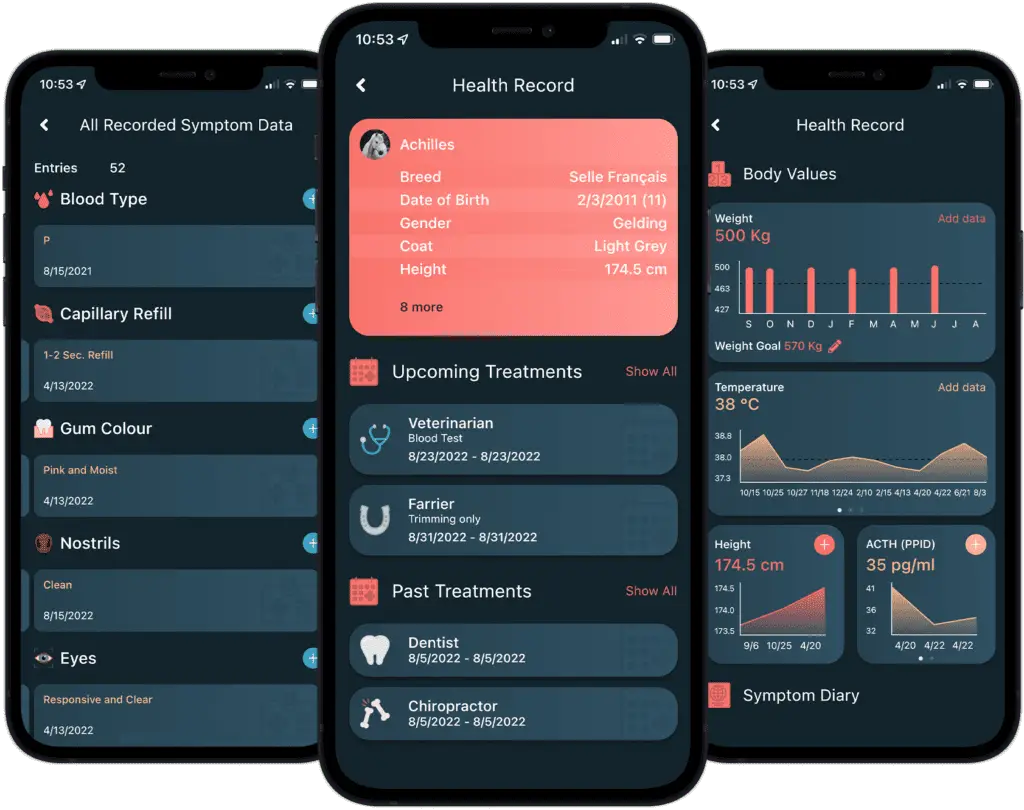

Just as it is with humans, the horse’s skin is the largest organ of the body. However, this blog post is dedicated to the organs that we cannot see from the outside. Let’s take a look inside the horse and
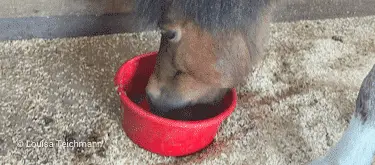
Expert Advice: Kim Lina Pethahn, an independent feed consultant, wrote this article. Offering the Necessities & Avoiding Overdosages Whether your horse needs supplements at all depends on both the pre-existing conditions and the energy consumption of your horse. However, an
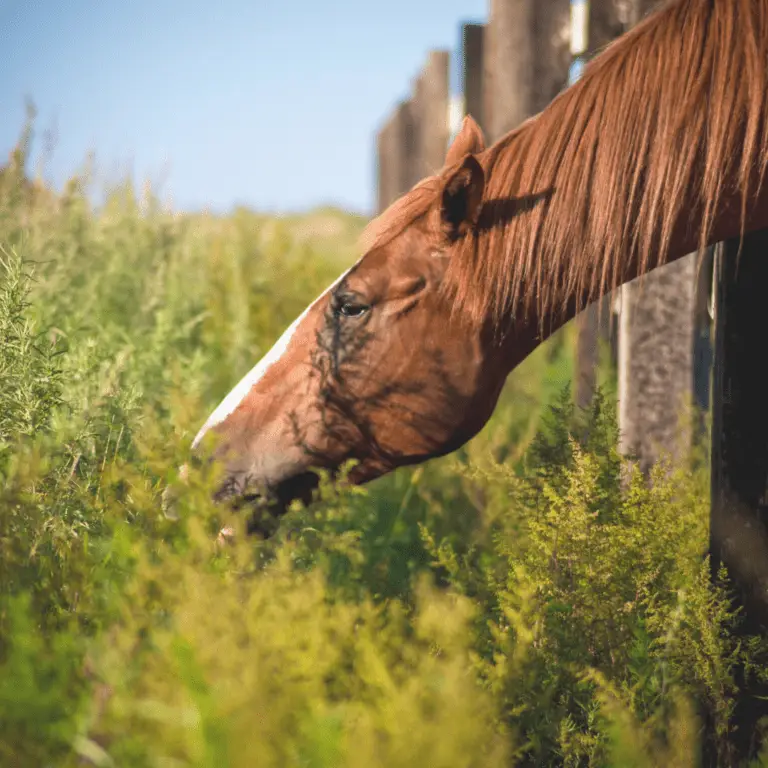
Expert Advice: Kim Lina Pethahn, an independent feed consultant, wrote this article. Common Symptoms and What to Avoid Poisonous plants can be found all over the world and sadly horses do not always know that what they’re eating might be
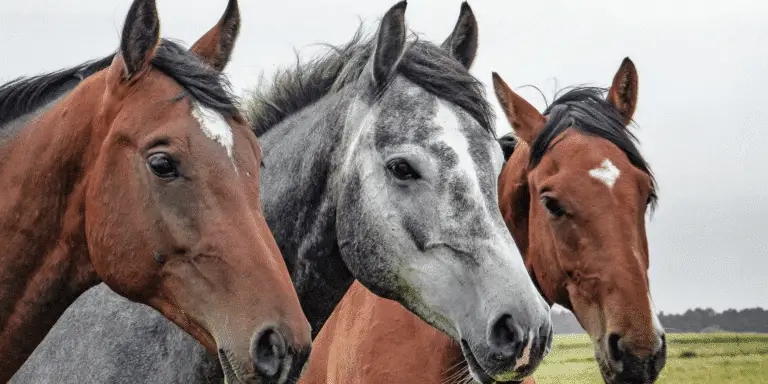
Watery eyes, discharge from the ears, swelling or gum colour give you information about possible infections or injuries. In this blog post you can read how to interpret these symptoms. What You Need to Know About the Horse Head Discharge

Temperature, Pulse and Respiration – Indicators of Your Horse’s Health Early detection of fever, respiratory abnormalities or a too low/too high pulse can save your horse’s life. The following will elaborate on how to take your horse’s temperature, pulse and

Going barefoot refers to the practice of keeping horses without horseshoes, allowing them to walk and run on natural surfaces with their hooves unprotected by metal shoes. This practice is based on the idea that horses evolved to have hooves